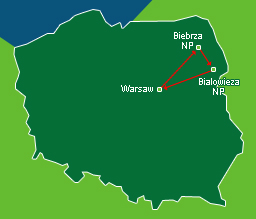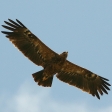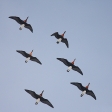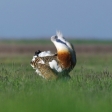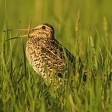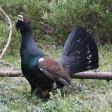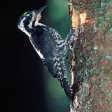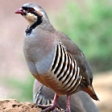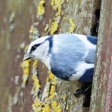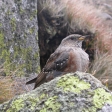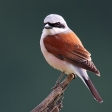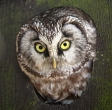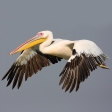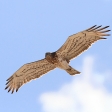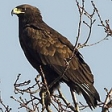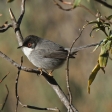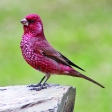Birds, Bisons, Elks & Wolves - Winter Poland
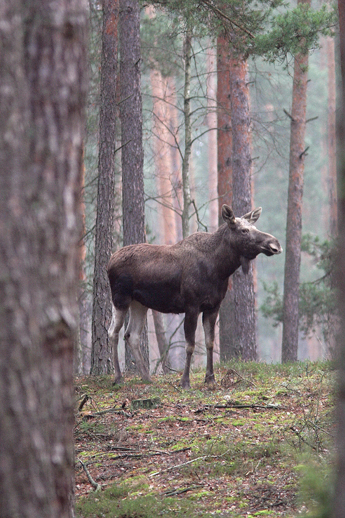
Poland 6days
Our Poland winter tour takes you to the most famous national parks of the country, Białowieża and Biebrza National Park.
Białowieża National Park is the largest and last undisturbed lowland primeval forest in Europe. Its area covers 10,500 hectares and is home to European Bison, Wolf, Lynx and Wild Cat. There are about 250 bird species recorded including many sough-after birds, of which Hazel Grouse, Pygmy Owl, Grey-headed, Green, Black, Three-toed, White-backed, Middle Spotted Woodpecker, Nutcracker and Common Crosbill might be seen during the winter as well.
Biebrza Marshes National Park is the largest in Poland. It covers nearly 60,000 hectares of vast marshes, wet meadows and woods. 275 bird species were recorded in the park. During winter White-tailed Eagles, Rough-legged Buzzards patrol the marshes and Hen Harriers hunt for voles over the meadows. The park is also home to good populations of Elk and 3-4 packs of Wolf. During winter wolf tracks can be followed in the snow, but to see the animals requires luck and time.
Participants should wear warm outdoor clothes and boots, and flasks are very useful. Temperature in winter is usually between minus 10 and 20 Celsius. Snow cover varies form place to place and it might be 10 to 40 centimeters deep.




